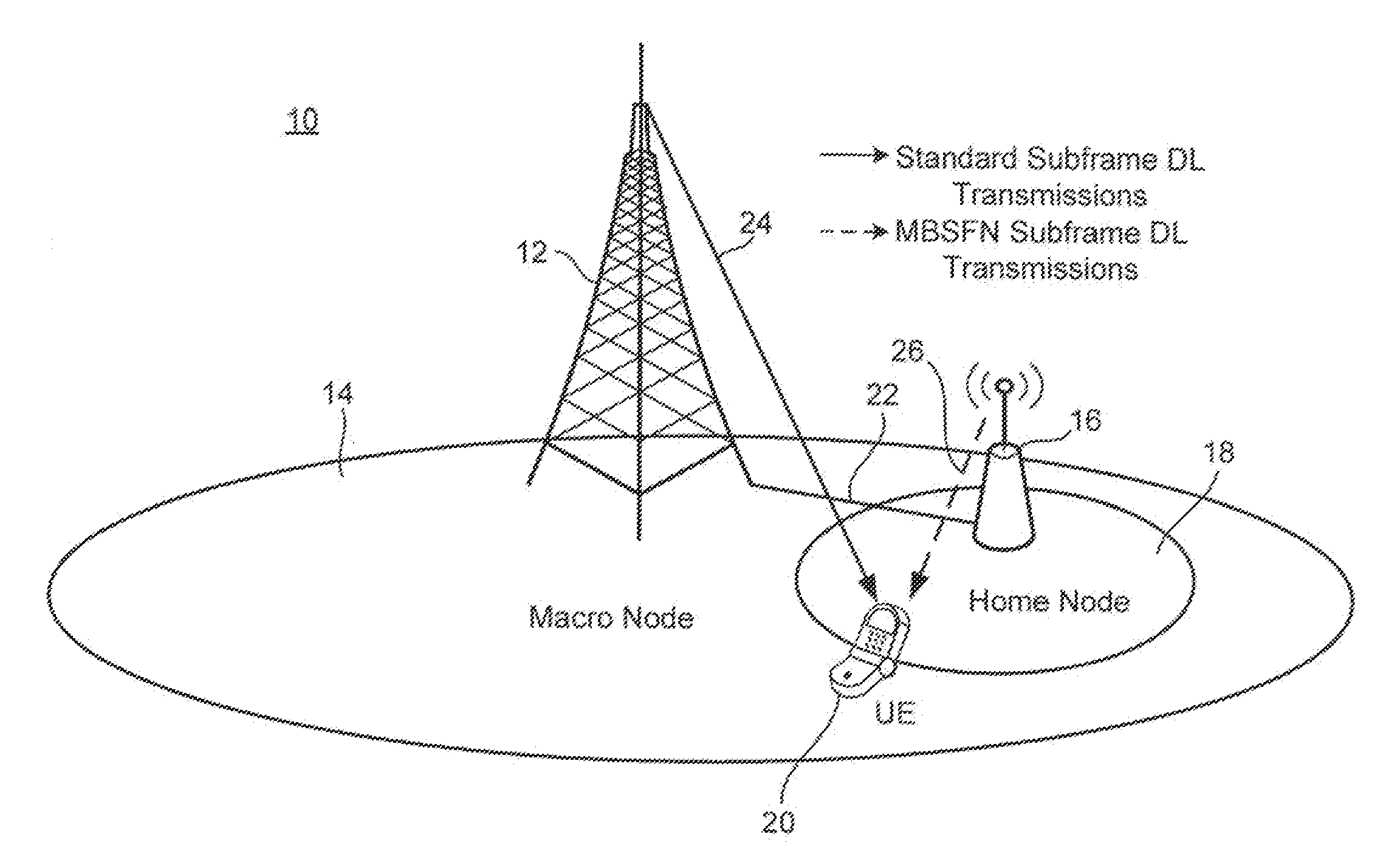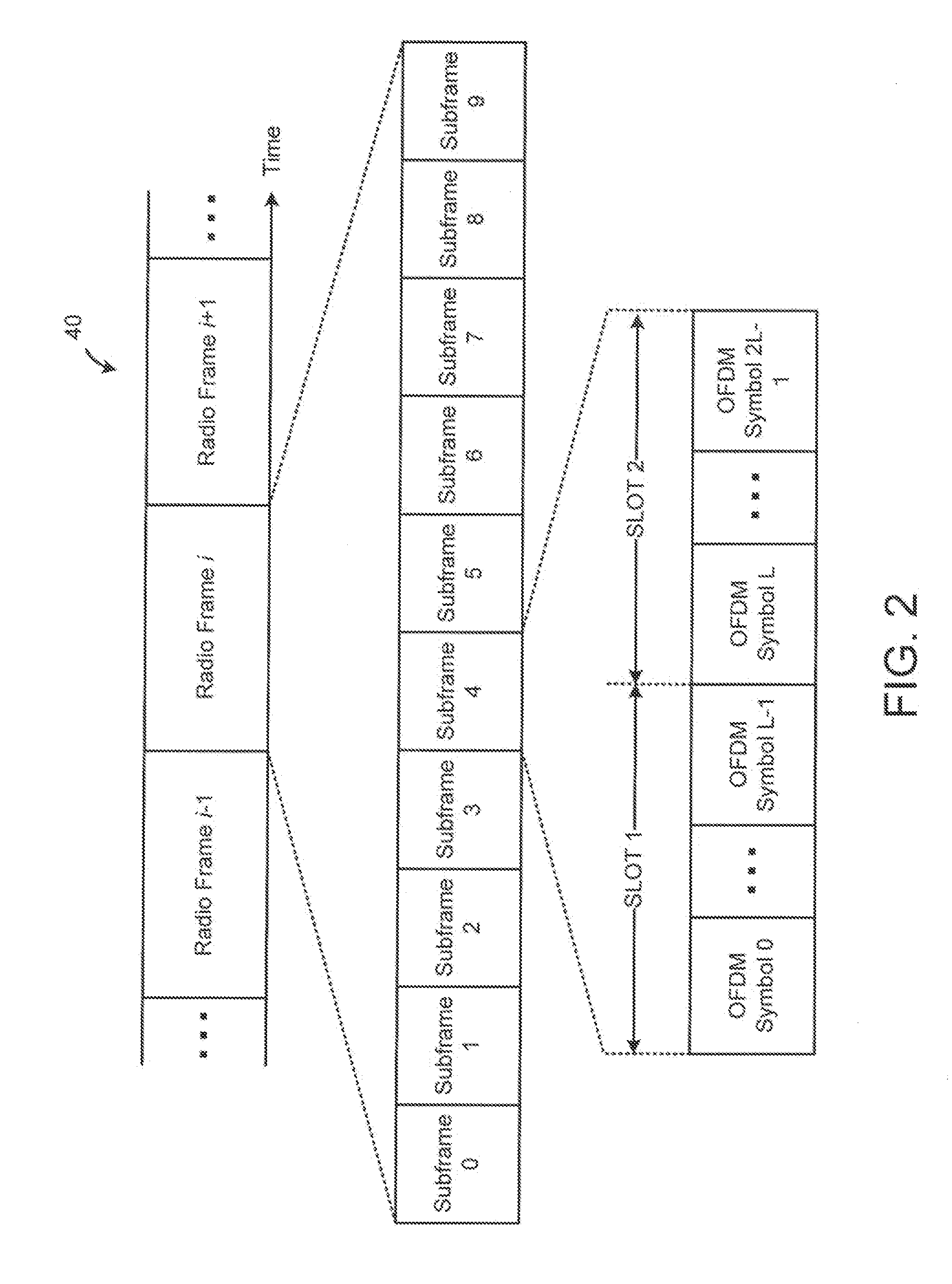Node detection in a cellular communication network
a technology of cellular communication network and node detection, applied in the field of wireless communications, can solve the problems of increasing the time of each search and the type of search is undesirable, and achieve the effect of increasing the time of each search and reducing the power consumption
- Summary
- Abstract
- Description
- Claims
- Application Information
AI Technical Summary
Benefits of technology
Problems solved by technology
Method used
Image
Examples
Embodiment Construction
[0023]The following detailed description, which references to and incorporates the drawings, describes and illustrates one or more specific embodiments. These embodiments, offered not to limit but only to exemplify and teach, are shown and described in sufficient detail to enable those skilled in the art to practice what is claimed. Thus, where appropriate to avoid obscuring the invention, the description may omit certain information known to those of skill in the art.
[0024]The word “exemplary” is used throughout this disclosure to mean “serving as an example, instance, or illustration.” Anything described herein as “exemplary” is not necessarily to be construed as preferred or advantageous over other approaches or features.
[0025]FIG. 1 illustrates an exemplary cellular communication network 10 including at least one macro node 12 and at least one home node 16. The macro node 12 provides wireless services over a larger coverage area 14, and the home node 16 provides wireless service...
PUM
 Login to View More
Login to View More Abstract
Description
Claims
Application Information
 Login to View More
Login to View More - R&D
- Intellectual Property
- Life Sciences
- Materials
- Tech Scout
- Unparalleled Data Quality
- Higher Quality Content
- 60% Fewer Hallucinations
Browse by: Latest US Patents, China's latest patents, Technical Efficacy Thesaurus, Application Domain, Technology Topic, Popular Technical Reports.
© 2025 PatSnap. All rights reserved.Legal|Privacy policy|Modern Slavery Act Transparency Statement|Sitemap|About US| Contact US: help@patsnap.com



